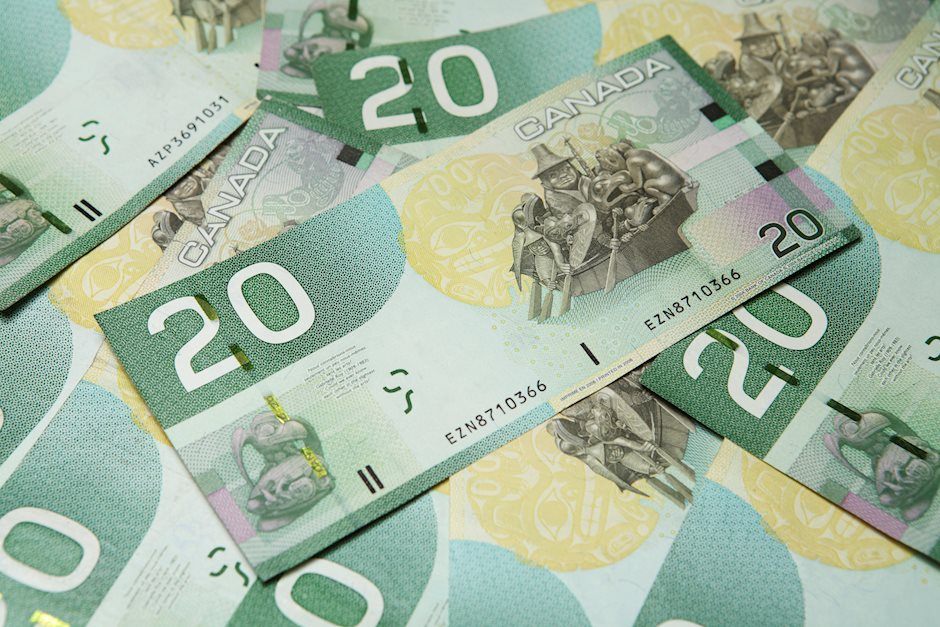USD/CAD weakens below 1.3600 amid steeper Fed rate cut bets
- USD/CAD edges lower to 1.3575 in Monday’s Asian session.
- The growing anticipation of larger Fed rate cuts weighs on the US Dollar.
- BoC’s Macklem said he has opened the door to accelerating the pace of interest rate reductions.

The USD/CAD pair loses traction near 1.3575 during the Asian trading hours on Monday, pressured by a softer US Dollar (USD). The Federal Reserve (Fed) interest rate decision will take center stage on Wednesday. Investors will monitor how aggressively the US central bank will bring down interest rates.
Former New York Fed President William Dudley said on Friday that there’s scope for a half-point rate cut at the Fed’s meeting on Wednesday as FOMC members attempt to maneuver a "soft landing" of the economy. The rising anticipation of steeper Fed rate cuts exerts some selling pressure on the Greenback. The CME FedWatch Tool showed the markets have priced in nearly 49% probability of a Fed deeper rate cut, a significant jump from a 28% chance one day prior.
Elsewhere, data released by the University of Michigan on Friday showed that the Consumer Sentiment Index rose to 69.0 in September versus 67.9 prior. This figure came in above the market consensus of 68.0.
On the Loonie front, Bank of Canada (BoC) Governor Tiff Macklem said on Sunday that he has opened the door to accelerating the pace of interest rate reductions. Macklem added that It could be appropriate to move faster interest rates should growth disappoint. This, in turn, might drag the Canadian Dollar (CAD) down against the USD. Meanwhile, lower crude oil prices might cap the downside for the commodity-linked CAD as Canada is the largest oil exporter to the United States (US).
Canadian Dollar FAQs
The key factors driving the Canadian Dollar (CAD) are the level of interest rates set by the Bank of Canada (BoC), the price of Oil, Canada’s largest export, the health of its economy, inflation and the Trade Balance, which is the difference between the value of Canada’s exports versus its imports. Other factors include market sentiment – whether investors are taking on more risky assets (risk-on) or seeking safe-havens (risk-off) – with risk-on being CAD-positive. As its largest trading partner, the health of the US economy is also a key factor influencing the Canadian Dollar.
The Bank of Canada (BoC) has a significant influence on the Canadian Dollar by setting the level of interest rates that banks can lend to one another. This influences the level of interest rates for everyone. The main goal of the BoC is to maintain inflation at 1-3% by adjusting interest rates up or down. Relatively higher interest rates tend to be positive for the CAD. The Bank of Canada can also use quantitative easing and tightening to influence credit conditions, with the former CAD-negative and the latter CAD-positive.
The price of Oil is a key factor impacting the value of the Canadian Dollar. Petroleum is Canada’s biggest export, so Oil price tends to have an immediate impact on the CAD value. Generally, if Oil price rises CAD also goes up, as aggregate demand for the currency increases. The opposite is the case if the price of Oil falls. Higher Oil prices also tend to result in a greater likelihood of a positive Trade Balance, which is also supportive of the CAD.
While inflation had always traditionally been thought of as a negative factor for a currency since it lowers the value of money, the opposite has actually been the case in modern times with the relaxation of cross-border capital controls. Higher inflation tends to lead central banks to put up interest rates which attracts more capital inflows from global investors seeking a lucrative place to keep their money. This increases demand for the local currency, which in Canada’s case is the Canadian Dollar.
Macroeconomic data releases gauge the health of the economy and can have an impact on the Canadian Dollar. Indicators such as GDP, Manufacturing and Services PMIs, employment, and consumer sentiment surveys can all influence the direction of the CAD. A strong economy is good for the Canadian Dollar. Not only does it attract more foreign investment but it may encourage the Bank of Canada to put up interest rates, leading to a stronger currency. If economic data is weak, however, the CAD is likely to fall.
Author

Lallalit Srijandorn
FXStreet
Lallalit Srijandorn is a Parisian at heart. She has lived in France since 2019 and now becomes a digital entrepreneur based in Paris and Bangkok.

















